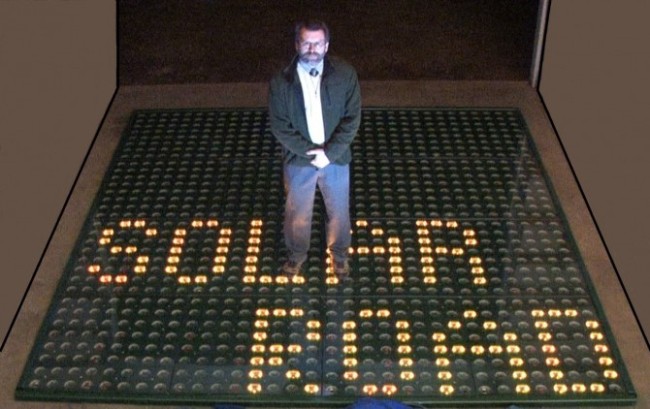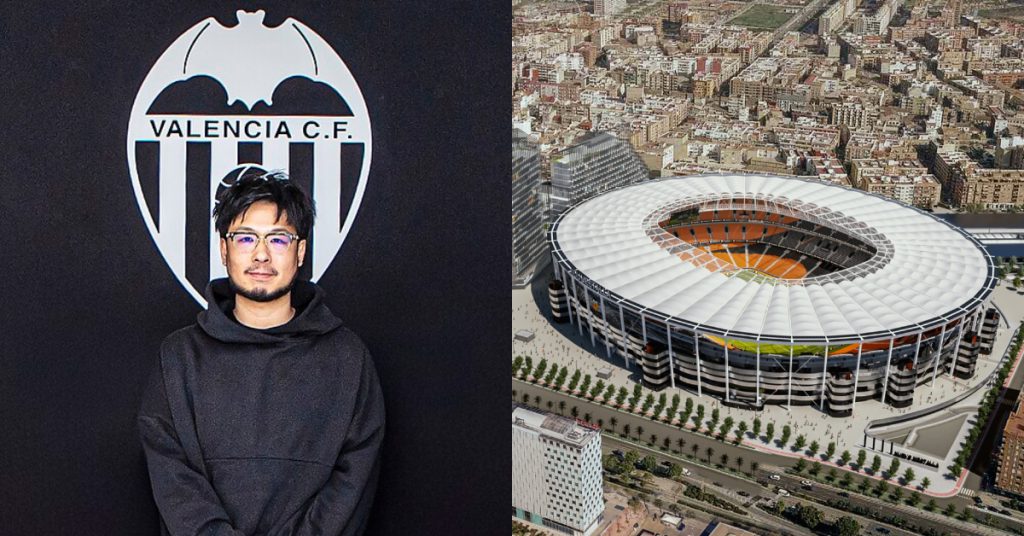Other than Scout Willis’s topless #freemynipple stroll around New York city, Solar Roadways have been all the rage this past few weeks in the US. This revolutionary, far out, futuristic plan is to turn roads throughout the States into a whole network of solar panels that are able to cover costs of maintaining themselves and not only that, are also able to provide an alternative source of energy to lessen our dependence on fossil fuels.
Thanks to numerous videos that have helped propel it to viral-dom, the number of views on YouTube has increased from about 10.5 million to 11.5 million in the time that it has taken me to write this article. Big guns such as Mark Ruffalo and George Takei have lent their support to this idea either by donating to the project or speaking about it.
Also read: Milestone Achieved: Korean Music Video Gangnam Style Trotted Past 2 Billion Views

Now just what exactly is it?enablejsapi=1&html5=1&
It’s the stuff of the future. Here and now. It’s a whole lot of things at once. Or at least it claims to be. Prototypes are currently under testing and Scout Willis, I mean, Scott, an electrical engineer and Julie Brusaw his counselor wife (apparently childhood sweethearts) through their Indiegogo campaign, have come up with photovoltaic, LED emitting, design-configuring, electric-car charging, thief-detecting, hexagonal glass plates that function as the surface of the roads. Imagine a stretch of roads entirely covered in glass but yet somehow the surface is as good as the asphalt and cement ones we have now.

This ambitious grand plan is under way as we speak. It is now 180% funded; well above its desired 1 million dollar mark. People are indeed pledging their money to make this a reality.
The plates are marketed as intelligent roads. Intelligent in the sense that they are supposedly able to reconfigure their own LED lighting upon instruction; thus saving us the hassle of repainting roads. Because these hexagonal plates are pressure sensitive, they would be able to detect thieves trying to steal their parts and direct officers to the outlaws. They aim to be able to light up the streets and are able to direct users to their desired locations. These smart pieces of glass can even warn users to slow down in the event of an emergency ahead.

The deal doesn’t end there actually. The cable corridors that run alongside aim to back up as more secure and safer cable holders and prevent wear and tear to current cables and phone lines. Filtration systems can run within such cable corridors and storm water can be collected, filtered, and transported.

Fixing these roads become just a matter of replacing the affected tiles. Unlike now when major roadworks have to be done every now and then to affected patches; thus blocking multiple lanes for unnecessarily long periods of time.
Greenhouse gas reduction was one of the big motivations for this project, and as claimed, the Solar Roadways would undeniably lower demand for asphalt which is petroleum based. The materials used are supposedly recycled too.

It remains to be seen how things will pan out and if all that were promised in its envisioned illustrations are to come true and revolutionize roads in the US; however, we are of course hoping for the very best.
Also read: Atmospheric Wars could start soon: Facebook Solar Drones vs Google Balloons











